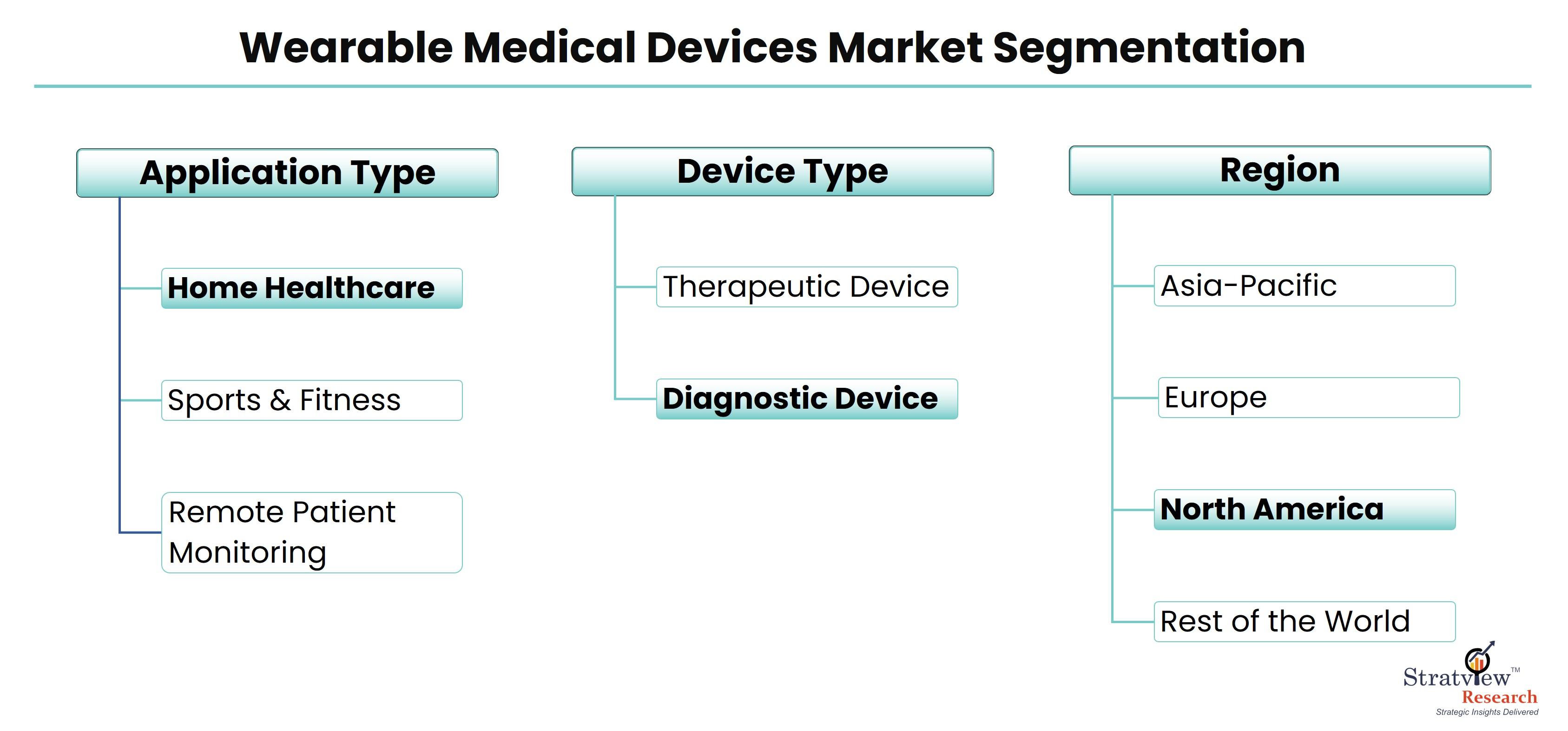Wearable Medical Devices: Revolutionizing Healthcare on the Go

According to Stratview Research, the wearable medical devices market was estimated at USD 26.6 billion in 2022 and is likely to grow at a CAGR of 23.7% during 2023-2028 to reach USD 95.4 billion in 2028.
In an era defined by mobility and connectivity, wearable medical devices are emerging as powerful tools that are revolutionizing the way healthcare is delivered and managed. From monitoring vital signs to tracking fitness metrics, these devices offer unprecedented convenience, accessibility, and real-time insights, enabling individuals to take control of their health wherever they go. In this article, we explore the transformative impact of wearable medical devices and how they are reshaping the landscape of healthcare on the go.
Empowering Individuals with Real-Time Health Monitoring
One of the most significant advantages of wearable medical devices is their ability to provide continuous, real-time monitoring of vital signs and health metrics. Devices such as smartwatches, fitness bands, and patches equipped with sensors can track parameters like heart rate, blood pressure, oxygen saturation, and even electrocardiogram (ECG) signals. This continuous monitoring allows individuals to gain insights into their health status, detect potential issues early, and make informed decisions about their well-being.
Seamless Integration into Daily Life
Unlike traditional medical devices that are confined to clinical settings, wearable devices seamlessly integrate into individuals' daily lives, allowing for uninterrupted monitoring and management of health metrics. Whether at work, at home, or on the go, users can wear these devices comfortably and discreetly, enabling continuous tracking without disrupting their routines. This level of accessibility and convenience encourages adherence to monitoring protocols and promotes proactive health management.
Remote Patient Monitoring and Telemedicine
Wearable medical devices play a crucial role in remote patient monitoring (RPM) and telemedicine, enabling healthcare providers to remotely monitor patients' health status and intervene when necessary. Through wearable devices connected to mobile apps or cloud platforms, healthcare professionals can access real-time data on patients' vital signs and health metrics, allowing for timely interventions, adjustments to treatment plans, and early detection of potential complications. This remote monitoring capability is particularly valuable for patients with chronic conditions, seniors, and individuals recovering from surgery or illness.
Personalized Health Insights and Wellness Coaching
Many wearable medical devices go beyond basic health monitoring to provide personalized insights, actionable recommendations, and wellness coaching. Advanced algorithms analyze users' data to provide tailored recommendations for improving fitness, managing stress, optimizing sleep, and achieving wellness goals. Additionally, some devices offer features such as guided workouts, meditation sessions, and sleep tracking to support users in their journey towards better health and well-being.
Challenges and Opportunities Ahead
While wearable medical devices hold immense promise for revolutionizing healthcare on the go, they also present challenges that must be addressed. Data security and privacy concerns, interoperability issues, and regulatory compliance are among the key challenges facing the wearable medical device market. Additionally, ensuring the accuracy, reliability, and usability of these devices remains paramount to their widespread adoption and acceptance.
Despite these challenges, the wearable medical device market is poised for continued growth and innovation. Advancements in sensor technology, wireless connectivity, data analytics, and artificial intelligence are driving the development of more sophisticated and user-friendly devices. Moreover, increasing consumer awareness, rising healthcare costs, and the growing prevalence of chronic diseases are fueling demand for wearable devices that empower individuals to take proactive control of their health.
Conclusion
Wearable medical devices are transforming the way healthcare is delivered, allowing individuals to monitor their health in real time, wherever they go. With their ability to provide continuous monitoring, seamless integration into daily life, and personalized health insights, these devices are empowering individuals to take charge of their health and well-being like never before. As the wearable medical device market continues to evolve, it holds the promise of revolutionizing healthcare delivery, improving patient outcomes, and enhancing quality of life for millions around the world.
- Questions and Answers
- Opinion
- Motivational and Inspiring Story
- Technology
- Live and Let live
- Focus
- Geopolitics
- Military-Arms/Equipment
- Sécurité
- Economy
- Beasts of Nations
- Machine Tools-The “Mother Industry”
- Art
- Causes
- Crafts
- Dance
- Drinks
- Film/Movie
- Fitness
- Food
- Jeux
- Gardening
- Health
- Domicile
- Literature
- Music
- Networking
- Autre
- Party
- Religion
- Shopping
- Sports
- Theater
- Health and Wellness
- News
- Culture

